Meet the New Ocean Doctors!
Earlier this year I was honored to become an adjunct professor at Johns Hopkins University, Advanced Academic Programs to author and teach its first class in Ocean Stewardship and Sustainability. It was deeply gratifying to learn not only of Johns Hopkins’ dedication to a first-class program on the environment and the oceans, but also that there was intense student interest in the class. I feel very fortunate to have had the opportunity to teach 18 bright and enthusiastic graduate students these past three months.
The New Ocean Doctors! Graduate students from the first Ocean Stewardship and Sustainability course at Johns Hopkins University, Advanced Academic Programs. Read below about their class projects that are now becoming “real” ocean conservation projects.
Now, at the end of the semester, I am excited to share the fact that the students are continuing beyond the walls of the university to work on “real” projects that have evolved as a direct result of their major class assignment where they worked in four groups to develop policy papers focused on solving critical ocean conservation issues.
The students and I have already been working in collaboration with conservation organizations, local, state and federal agencies and Congressional offices with whom they were paired during the course. To accomplish this work and provide additional experience and opportunities, I’m delighted to say that a number of students in the class are becoming Ocean Doctor interns.Here is a brief overview of these four important projects. I think you’ll be impressed!
Students are working on a plan to develop an international network of protected areas in the Caribbean to protect sawfish habitat and rescue this magnificent fish from the brink of extinction. (Photo: Large-tooth sawfish by David Iliff. License: CC BY-SA 3.0)
Saving Sawfish: The sawfish, a magnificent fish in the ray family, is characterized by a long rostrum with sharp teeth that resembles a saw. If that’s not unusual enough, sawfish can grow to be 25 feet long! Unfortunately, two Caribbean species of sawfish are near extinction due to loss of habitat and fishing practices. Working with leading conservation organizations, the students are helping develop a plan for an international network of protected areas in the Caribbean to protect sawfish habitat, an effort that will involve the Bahamas, Cuba, Nicaragua and Costa Rica. The students work will support a proposal to be presented in March 2021 at the SPAW (Specially Protected Areas and Wildlife) Protocol meeting. Support the students’ work.
Rookery Bay in Naples, Florida, one of the important estuaries in the Western Everglades, suffers from changes in the natural hydrology due to development. (Photo: Florida Department of Environmental Protection)
Green Infrastructure in the Western Everglades: In partnership with state/federal agencies, nonprofits and other experts, the students are developing a “green infrastructure” project in Southwest Florida – the Western Everglades – to help restore the natural hydrology and flow of water into coastal estuaries which have been devastated by development and changes in the natural flow of water. What makes this project especially unique and exciting is that, in close collaboration with environmental economists, the project includes valuation of the carbon sequestration it will achieve and the possibility that selling carbon credits could make restoration self-funding. Support the students’ work.
Students have developed a propose to advance sustainable aquaculture, promoting such alternatives as land-based recirculating systems pictured above. The students may assist efforts on the Hill to develop strong coastal aquaculture policy. (Photo: Narek75. License CC BY-SA 4.0)
Sustainable Aquaculture: Aquaculture is an essential strategy to provide protein for a rapidly-growing human population and serve as an alternative to the unsustainable fishing of wild fish. Making aquaculture sustainable, however, has represented a formidable challenge. The students have developed a proposal to advance sustainable aquaculture, potentially tied to existing legislation, the AQUAA Act. In addition, they are working to provide important research on nearshore aquaculture, including shellfish, to support policy-making efforts on the Hill. Support the students’ work.
Chesapeake Bay, the largest estuary in the U.S., suffers from nutrient pollution. Students have developed a plan to reduce runoff of poultry farm waste using anaerobic digesters. (Photo: Mary Hollinger; NOAA)
Chesapeake Bay Nutrient Pollution: Like many estuaries around the nation, Chesapeake Bay, the largest estuary in the United States, suffers from nutrient pollution, which results in harmful algal blooms and lack of oxygen in one of the most important nursery areas for marine life. One of the major contributors in the Delaware/Maryland/Virginia region is poultry farming and the resulting “poultry litter” that makes its way into the bay. In 2019 the region raised more than 600 million broiler chickens and, as you can imagine, the quantity of waste is formidable. The students have developed a plan for the use of regional anaerobic digesters to process the waste, which would not only keep nutrients out of Chesapeake Bay but also generate enough electricity to power 13,000 homes while reducing greenhouse gas emissions by dramatically reducing methane emissions. The students plan to roll out their plan with the help of local, state and federal agencies at an upcoming stakeholder roundtable and then work toward implementing the strategy. Support the students’ work.
Help My Students Help the Oceans
My goal in the class was not to simply present “textbook” knowledge of ocean sustainability issues, but to give students an authentic, on-the-ground feel for the work being done and to help guide them along their career paths and build their professional networks. As you can see, the students took this to heart and the projects they have developed are timely, relevant and no doubt will have an impact, not only for the oceans, but also for their young careers.
This year your donation will directly support these talented students as Ocean Doctor interns, the next generation of “ocean doctors,” in their goal to make a difference for our oceans. We are sincerely grateful for your consideration.
Sincerely and with gratitude,

David E. Guggenheim, Ph.D.
Founder & President

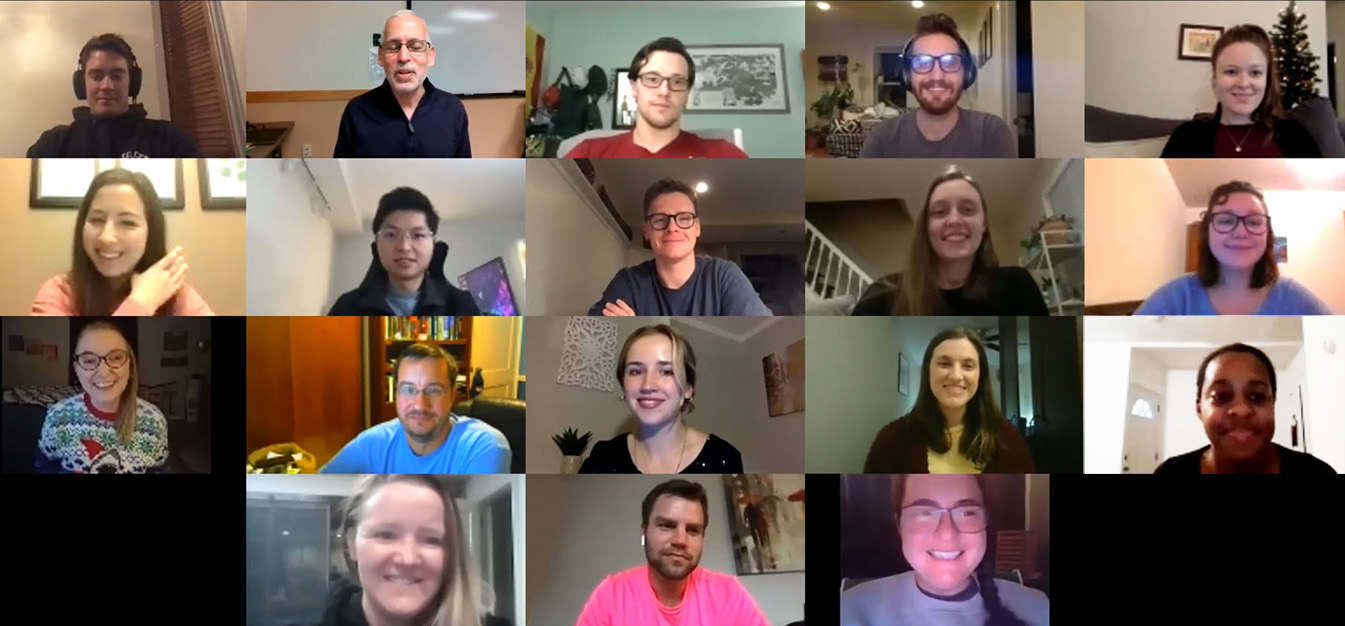
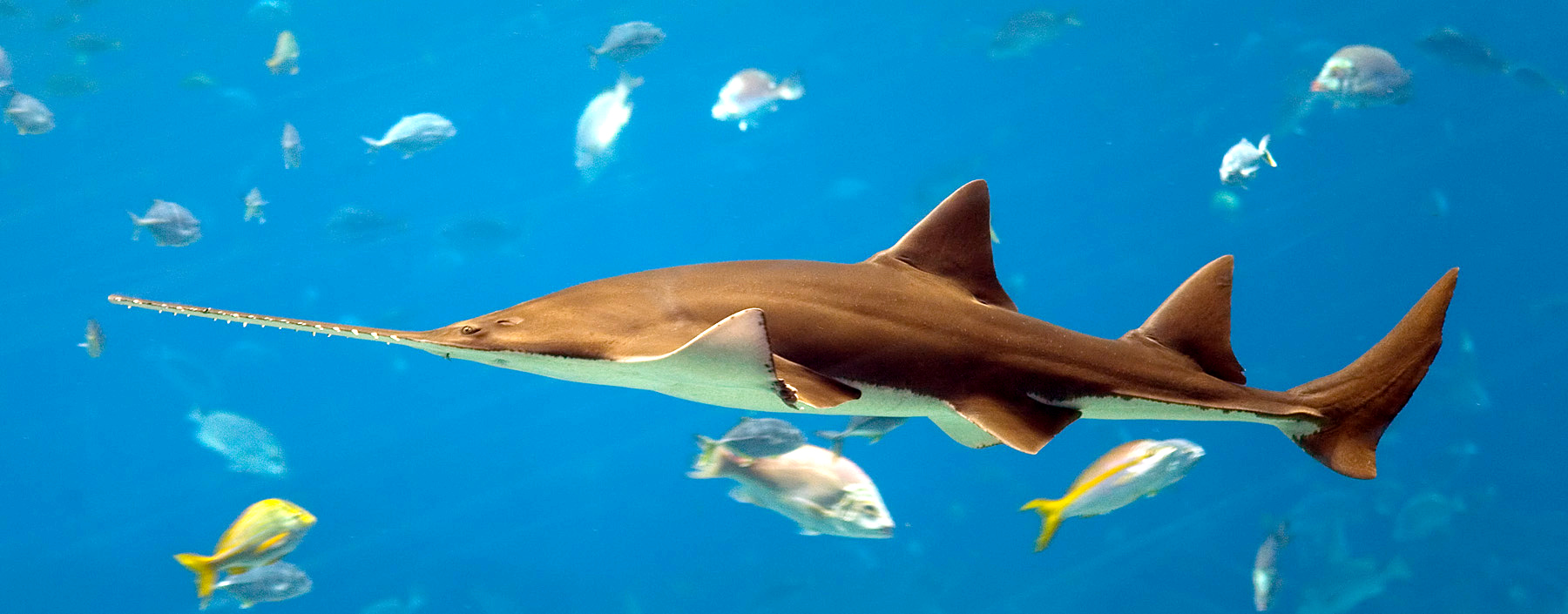
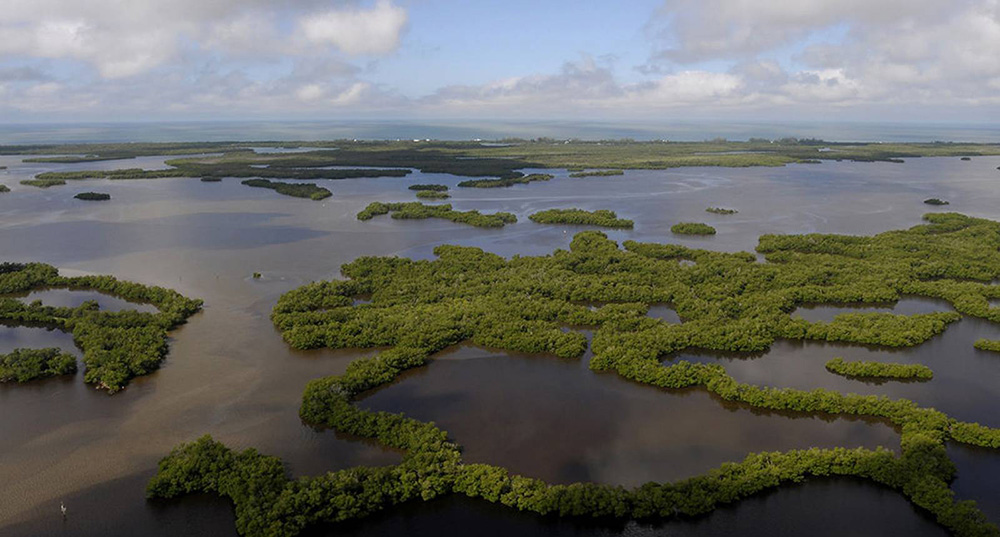
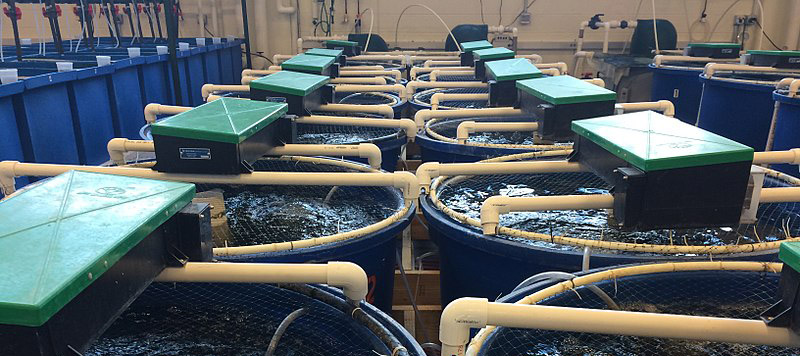
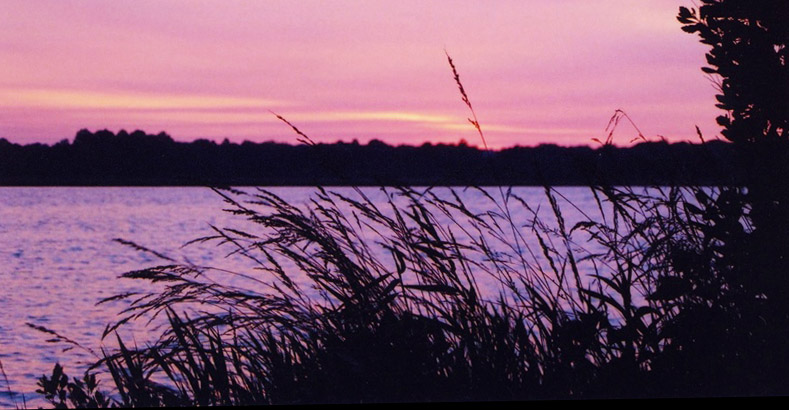
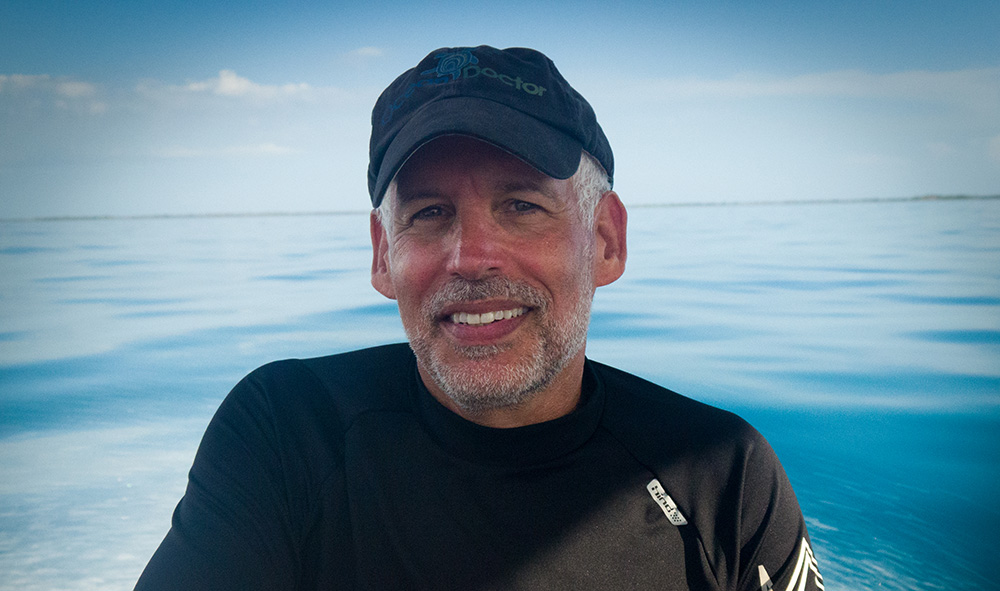


 Florida Department of Environmental Protection
Florida Department of Environmental Protection